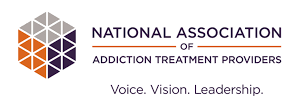Teens may frequently experiment with drugs by stealing leftover medication from their home, which can lead to addiction. However, parents can take these steps to safeguard their unused prescription drugs.
Prescription drugs are a leadingsource of addiction for teensin the United States. Astudy published in the Journal of the American Academy of Child and Adolescent Psychiatryexplains thatteens are frequently obtaining drugsfrom friends or using leftover prescription drugs that they find in the home.
When someone takes medication that is not prescribed for them, it is referred to as diversion.Drug diversionalso includes instances where drugs are purchased illegally or stolen from hospitals. Teens who gain access to prescription drugs and consume them risk becoming addicted to them.
The Journal of the American Academy of Child and Adolescent Psychiatry study explained that 11% of adolescents admitted to using drugs within the past year. Girls were more likely to use leftover drugs, while boys were more likely to purchase drugs illegally. 30% of teens who already used prescription drugsobtained them from a medicine cabinetat home.
NIDA: 70% of Teens Report Multiple Sources for Obtaining Prescription Drugs
The National Institute on Drug Abuse (NIDA) reports on the statistics of abuse of prescription drugs among teens. Prescription drug abuse in teens during 2018 included:
New Year, New Beginnings.
Whether you are struggling with addiction, mental health or both, our expert team is here to guide you every step of the way. Don’t wait— reach out today to take the first step toward taking control of your life.
- 6.1% of students in 8th grade have used illegal drugs other than marijuana
- 9.6% of students in 10th grade have used illegal drugs other than marijuana
- 12.4% of students in 12th grade have used illegal drugs other than marijuana
Data collected by NIDA indicates that, between 2002 and 2006,one out of every eightseniors in high school abused prescription opioids. A significant danger is present for long-term addiction and overdose, especially when opioids are combined with other substances.
The NIDA’s trend report also explains that one in three students in 12th grade say that prescription opioids are easy to obtain. In the NIDA study, 70% of the teens said that they have multiple sources for drugs. When their source exists in their own home, easy access can be a gateway to addiction.
Stopping Addiction Before It Develops
Prescription drug addiction can be difficult to overcome. Whenaddiction begins in the teens, it can continue into adulthood. It is important that family medications are safely stored and monitored. If children or teens know that their parents are vigilant about the remaining amounts of prescription opioids, they may be less likely to try one out of curiosity. Additionally, open communication is an important dynamic to ensure that teens will come to their parents, or be receptive to their input, should they develop an addiction.
Signs and Symptoms of Teen Prescription Drug Use
The American Academy of Pediatricsexplainsthat, even as teen drug use declines, overdose deaths persist due to the accessibility of serious drugs and combinations of drugs. Just one potent dose of an opioid can be enough to cause an overdose in a teenager unaccustomed to the effects of the drug. Being aware of drug use can allow parents to address the addiction before an overdose occurs.
Signs of drug use in teensinclude:
- Daily routine changes
- Appetite changes
- Changes in social circles
- Bad grades or behavior at school
- Changes in physical appearance that are unusual for growing teens
- Weight loss
- Hygiene issues
- Becoming unusually secretive
- Stealing
- Discovering lighters, eye drops or syringes in their room
- Prescription drugs going missing
Limiting access to medication in the home is an opportunity to protect teens from experimenting with those drugs.
Safe Storage of Prescription Drugs at Home
Prescription drugs should be stored safely. The American Medical Association offersfive suggestionsfor the safe storage of opioids at home:
- Opioids should be stored in a location that can be locked
- Opioids should be kept in their original container
- Opioids should never be within reach of young children
- Opioid medications should never be given to or shared with anyone
- The safe disposal of leftover medications is essential
Prescription Drug Disposal
It is important that people who have opioids, narcotics or any addictive drugs in their home understand how to dispose of prescription drugs safely. Prescription drug disposal drop-offs are available in many law enforcement centers or public health buildings. The National Association of Boards of Pharmacy has anonline locatorto find drug disposal sites near you.
It is not advised to flush drugs down the toilet or discard them with regular waste.Unused drugscan be a source of temptation for experimentation so medication should never be left where teens or other family members can find it.








